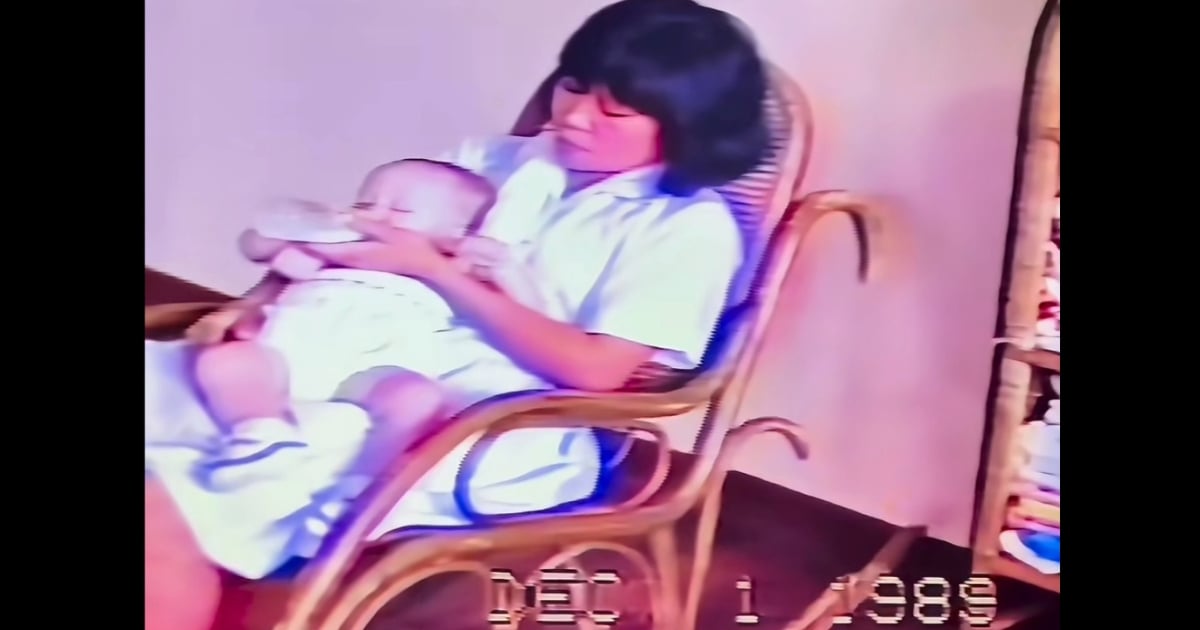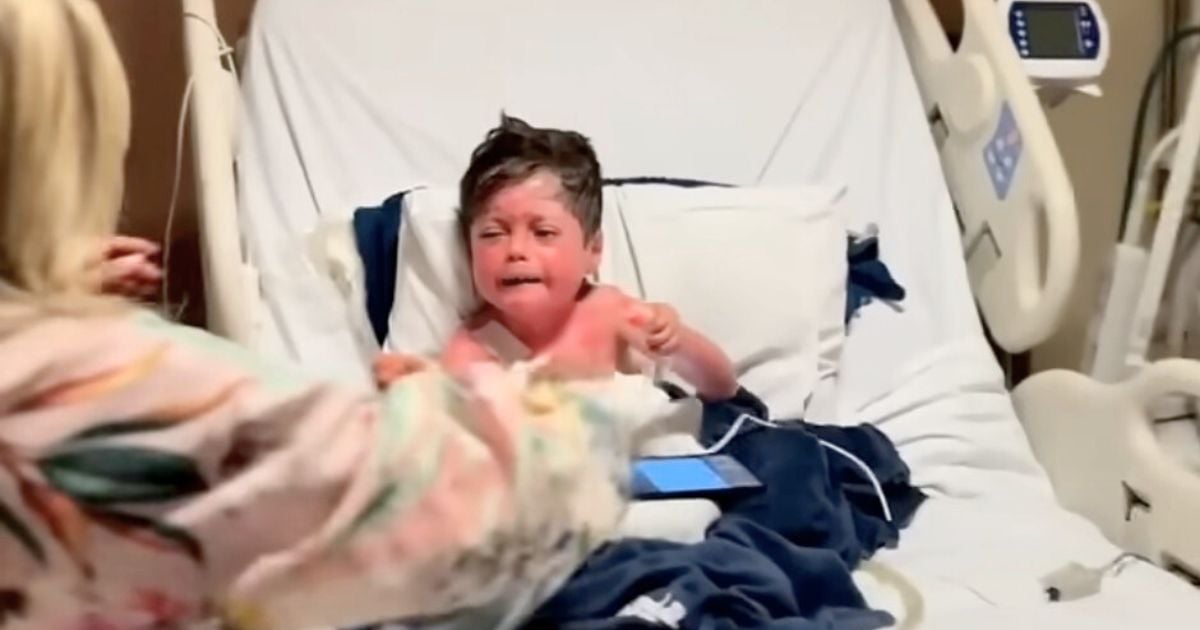Being sick is no fun, but the most common respiratory virus out there actually that causes the sniffles in most people can lead to death in infants. Parents of newborns and infants are repeatedly warned to remain vigilant about their babies’ health during cold and flu season.
RSV usually presents itself with mild symptoms and most people recover within one or two weeks. But respiratory syncytial virus can turn deadly quite quickly in infants and older adults.


Being sick is no fun, but the most common respiratory virus out there actually that causes the sniffles in most people can lead to death in infants. Parents of newborns and infants are repeatedly warned to remain vigilant about their babies’ health during cold and flu season.
RSV usually presents itself with mild symptoms and most people recover within one or two weeks. But respiratory syncytial virus can turn deadly quite quickly in infants and older adults.


In fact, according to the Centers for Disease Control and Prevention, RSV is the most common cause of bronchiolitis, an inflammation of the small airways in the lungs, and pneumonia, an infection of the lungs, in children younger than one year of age in the United States. It is also a significant cause of respiratory illness in older adults.
Watching out for a simple runny nose and sneezing isn’t enough, as one mom learned the terrifying way. Charlie O’Brien shared on Facebook a shocking video of her precious newborn daughter Luna when she was dozing peacefully.


But her breathing was alarmingly hard and deep to where her body drew in.
“I stumbled across this on my phone and thought it may be useful to share. When Luna was four weeks old, she had a really quiet day of sleeping and barely any crying (unusual for Luna!). I was watching her sleep next to me and realized it didn’t look right. I unbuttoned her babygrow (onesie) and this is what I saw. Sucking in at ribs is a sign to get your baby or child to hospital. She had bronchiolitis and her oxygen levels were very low. Luckily after a night on oxygen, she made a very good recovery.”
This deep and harsh breathing is a clear indication of respiratory distress. According to the American Academy of Pediatrics, other warning signs of respiratory distress include nasal flaring, chest retractions, tachypea and grunting.


Typical signs and symptoms of RSV are a fever, severe cough, wheezing, rapid breathing or difficulty breathing and a bluish color of the skin due to a lack of oxygen. More severe symptoms include a cough, poor feeding, lethargy, irritability on top of short, shallow and rapid breathing.
Unfortunately, no vaccine currently exists to protect against RSV.


But common-sense measures can help prevent its spread:
- Wash hands frequently and teach siblings the importance of hand washing.
- Avoid exposure. Limit an infant’s contact with people who have fevers or colds, which is particularly important if a baby is premature and during a baby’s first two months of life.
- Keep things clean. Make sure kitchen and bathroom countertops are clean. Discard used tissues right away.
- Don’t share drinking glasses with others. Use a designated glass or disposable cups when someone else in the home is sick and label each person’s cup.
- Don’t smoke. Infants who are exposed to tobacco smoke have a higher risk of contracting RSV and potentially more severe symptoms.
- Wash toys regularly, especially when a child or playmate is ill.
Please SHARE this with your friends and family.















